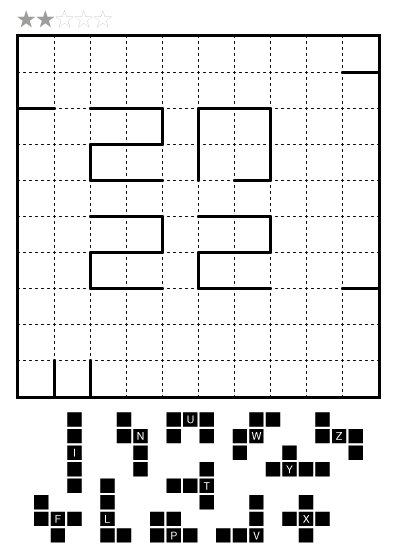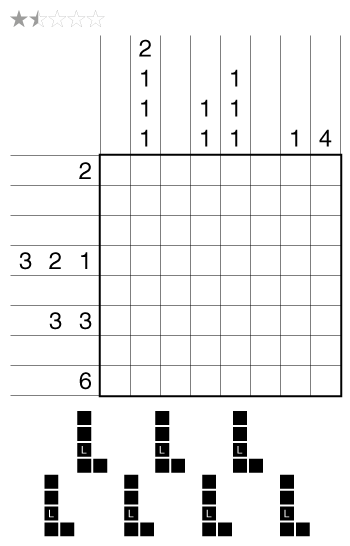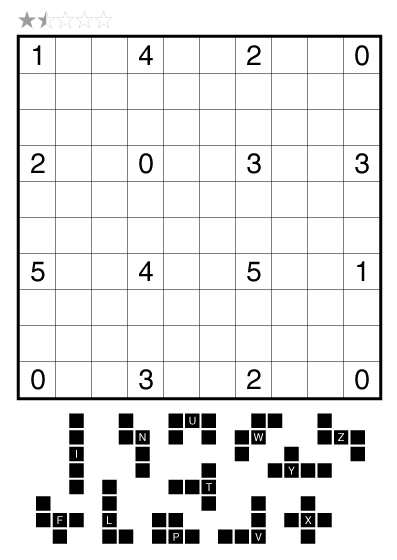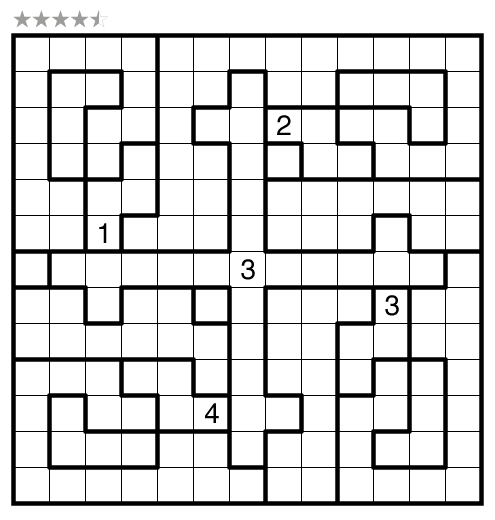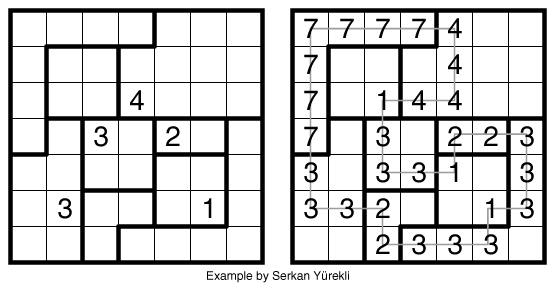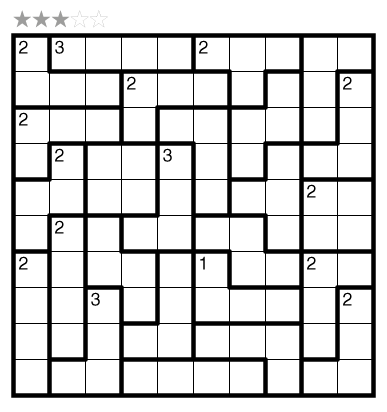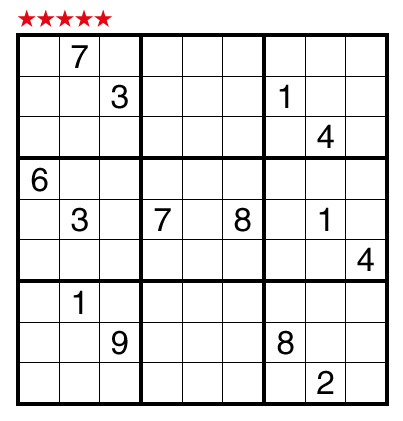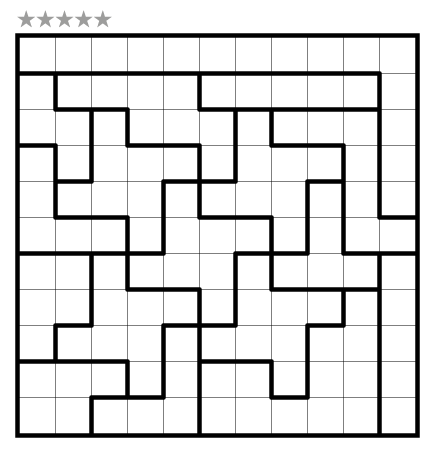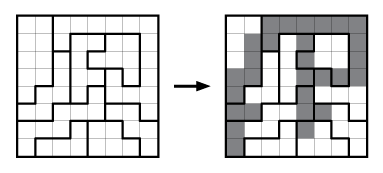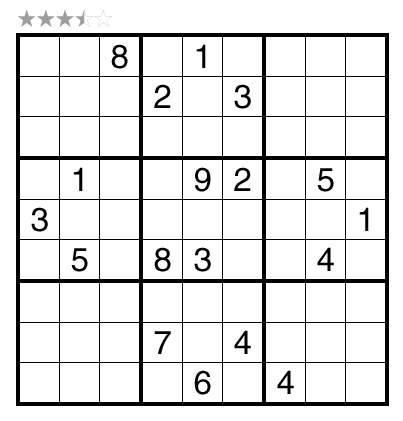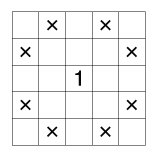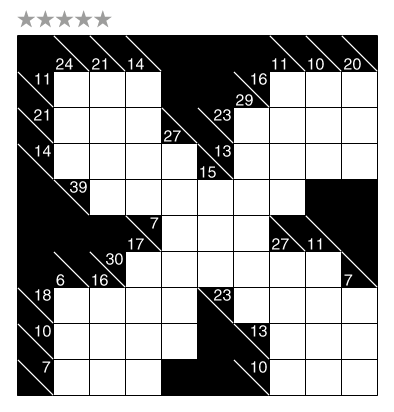Pentominous (Cipher) by Takeya Saikachi
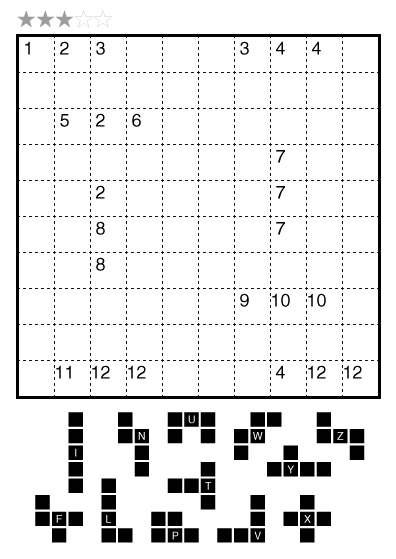
or solve online (using our beta test of Penpa-Edit tools; use tab to alternate between a composite mode for line/edge drawing and a letter entry mode.)
Theme: Triplets
Author/Opus: This is the 11th puzzle from guest contributor Takeya Saikachi.
Rules: Variation of Pentominous rules. Divide the grid into 20 pentominoes so that no two pentominoes of the same shape (including rotations/reflections) share an edge. Each number in this grid represents a clue for a different letter/pentomino as in a regular Pentominous puzzle; all instances of a number must represent the same letter. An inventory of possible pentominoes is given below the puzzle.
Difficulty: 3 stars
Time Standards (highlight to view): Grandmaster = 3:15, Master = 5:00, Expert = 10:00
Solution: PDF; a solution video is also available here.
Note: Follow this link for other Pentominous puzzles. If you are new to this puzzle type, here are our easiest Pentominous to get started on. More Pentominous puzzles can be found in the Plenty o’ Pentominous series by Grant Fikes and Murat Can Tonta and in our beginner-friendly collection Intro to GMPuzzles by Serkan Yürekli.

